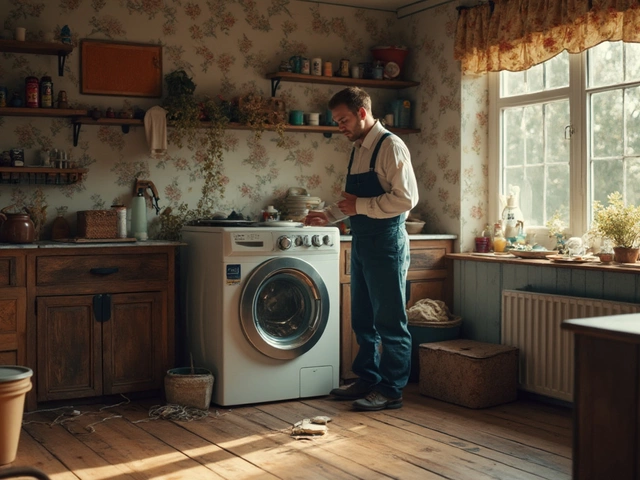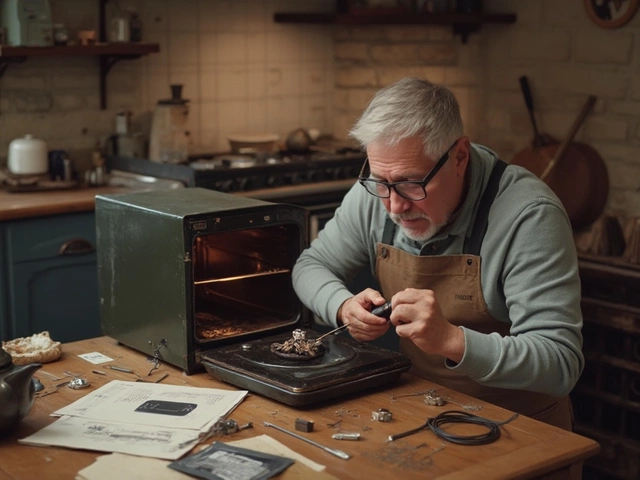When dealing with toilet appliance, a bathroom fixture that uses water to clear waste. Also known as toilet unit, it relies on a flush valve, which controls the sudden release of water, and a toilet tank that stores that water. A well‑functioning toilet appliance is part of the broader plumbing system, delivering clean water and carrying waste away. Understanding how these pieces fit together makes diagnosing a leak or a weak flush much easier.
Most homeowners notice a problem when the flush feels sluggish or the tank keeps refilling nonstop. Those symptoms usually point to a worn flush valve seal, a cracked tank, or a blockage in the fill valve. In many cases, the issue can be solved with a simple part swap and a few basic tools. However, if you’ve also been dealing with low hot‑water pressure, a failing water heater could be reducing the overall pressure in the house, which in turn makes the toilet’s flush weaker. That’s why it’s helpful to look at the whole water‑delivery chain, not just the toilet.
Here are the three most frequent faults you’ll encounter with a toilet appliance and quick ways to address them. First, a leaking flush valve often shows up as water dribbling into the bowl constantly. The fix is usually a new rubber seal or a full valve replacement—both are inexpensive and widely available. Second, if the tank won’t fill, check the fill valve for debris or a stuck float; cleaning or adjusting the float can restore proper fill levels. Third, a noisy tank can signal a worn fill valve or high water pressure; installing a pressure‑reducing valve in the line can silence the chatter and protect other fixtures.
When you’re swapping parts, remember that every component has a specific rating for water pressure and temperature. Using a valve rated for the local pressure prevents premature wear, while a tank designed for the correct volume ensures consistent flushing. If you’re unsure, the product label or the manufacturer’s website will list the ideal specifications. Matching the right part to your toilet appliance not only solves the immediate issue but also extends the life of the whole plumbing system.
Some problems aren’t strictly about the toilet itself. A faulty water heater can lead to fluctuating water temperature, which may cause condensation inside the toilet tank and promote rust. Over time, rust can eat through the tank walls, causing leaks that look like a faulty flush valve. If you notice rust stains on the inside of the tank, it’s worth inspecting the water heater’s anode rod and flushing the system to remove sediment. Regular maintenance of your water heater, such as an annual flush, can keep the water clean and protect downstream fixtures like your toilet appliance.
Beyond hardware, there are a few best‑practice habits that keep a toilet appliance running smoothly. Avoid using harsh chemicals in the bowl; they can degrade seals and corrode metal parts. Instead, stick to mild cleaners and a regular cleaning schedule. Also, be mindful of what you flush—anything beyond waste and toilet paper can clog the trap or damage the flush valve. If you have a dual‑flush system, make sure you’re using the correct button for liquid versus solid waste to conserve water and reduce wear on the flushing mechanism.
If you’ve tried the simple fixes and the toilet still isn’t performing, it’s time to call a professional. A qualified plumber can run pressure tests, check for hidden cracks, and replace components that require special tools. Since a toilet appliance is a crucial part of the home’s sanitation, getting it right the first time saves money and avoids future headaches. Below you’ll find a curated collection of articles covering everything from detailed part‑by‑part guides to broader plumbing advice, so you can dive deeper into any issue that comes up.

Learn why a toilet is classified as a plumbing fixture, not an appliance, and how this impacts warranties, insurance, and repair choices.

Wondering how often you should replace your extractor fan? This article covers extractor fan lifespan, signs it's time for a change, maintenance tips, and why fresh air matters.

Discover why hot water reaches your sink but not the shower, learn the common causes, DIY fixes, and when to call a plumber for a reliable solution.

Fixing an extractor fan can be a straightforward process if approached with the right tools and knowledge. This article delves into various factors affecting repair time, common issues encountered, necessary tools, and preventive tips to maintain optimal performance. Readers will discover useful advice on diagnosing problems and learn how to efficiently address and resolve them, ensuring a smooth and fresh airflow in kitchens and bathrooms.

Wondering if fixing your 7-year-old washing machine is worth it? This guide helps you weigh the pros and cons. Consider factors like repair costs, common issues, and the appliance’s lifespan. Find out when it makes sense to repair or replace. Get informed tips to make the best decision for your laundry room.

Oven troubles can throw a wrench in your meal plans. From a faulty heating element to problematic door hinges, diagnosing oven issues doesn't have to be daunting. This guide helps you identify and address common electric oven problems. Learn when a DIY fix is safe and when it's time to consult a professional. Simple steps and practical tips get you on your way to a working oven.